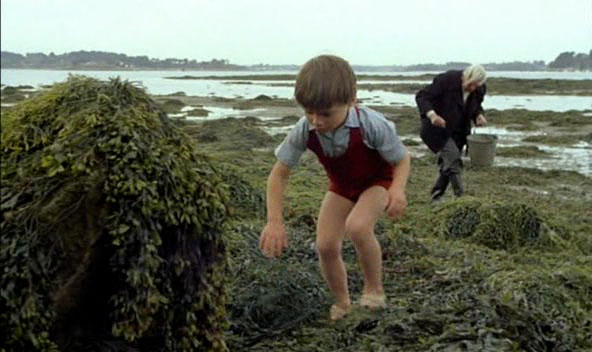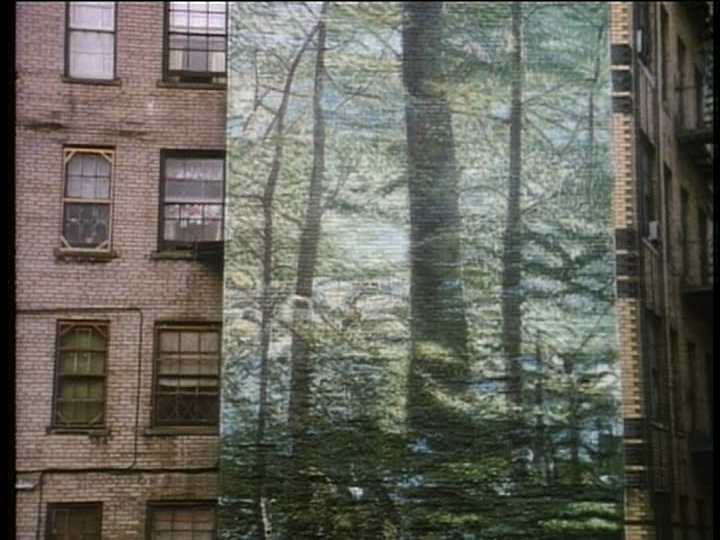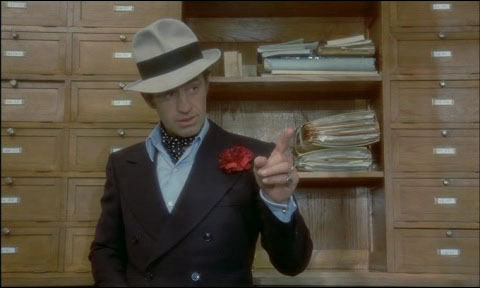My interview with Alain Resnais in New York in December 1980 yielded three separate articles, written for Soho News, American Film, and Omni. This is an unedited draft of the latter; I can’t recall now whether or not it was ever published in some form, but I think it probably wasn’t. The other two, which were published, are posted elsewhere on this site, here and here. -– J.R.


From the 42nd floor of Manhattan’s elegant Park Lane Hotel, where French director Alain Resnais has been holding court, Central Park in the winter looks remote and unfamiliar, like the terrain of another planet. It resembles Resnais’ unexpected smash hit Mon Oncle d’Amérique -– a unique, original blend of art and science –- by resisting precise description almost as confidently as it invites contemplation and wonder. And if the angle of vision that helps to account for this strangeness faintly suggests the vantage point of an amused yet saturnine deity, gazing down almost nostalgically, something of the same ambiance seems to inform the relation of the 58-year-old Resnais to his haunting comedy.
A master director who’s also a master of indirection -– always electing to tell a story in a different offbeat manner -– Resnais has never scripted any of his own features, But all of them are unmistakably personal reflections, generally about the past. Read more
From Film Comment (March-April 1974). — J.R.

December 7: To enter the sound stage at Epinay-sur-Seine, a Parisian suburb where Alain Resnais is working on his new film about Alexandre Stavisky, you have to go through a heavy door that resembles the entrance to a bank vault, where you’re promptly greeted by Alexandre, a friendly dog who seems to be serving as the crew’s mascot (a younger dog named Sacha figures in the cast). Continuing past Alexandre, you weave your way through a labyrinth of construction that eventually resolves itself into a gargantuan neo-Lubitsch set comprising Stavisky’s office complex — a rather awesome 1933 décor the size of a country house that took forty people a month to build, even though it’ll only be used for a relatively short part of the film.

It’s the kind of set you can get lost in, with multiple exits and three separate stairways leading off of a giant central conference room with golden chandeliers, a large semi-circular table, light-green walls, tall windows with pink drapes, and no ceiling; a set where long hallways on the second landing go past doors that open on nothing, and members of the lighting crew move about in obscure corners carrying equipment and muttering to themselves. Read more
From Film Comment, November 1974. I suspect that one factor that may have kept me from scanning and posting this column until now, at least in its complete form, is my dissenting view of CHINATOWN and WHAT?, even before the former became fully canonized as Holy Writ. -– J.R.
Moving across the Channel, a profound difference in the cinematic climate becomes immediately apparent. How could it be otherwise, considering that the lifestyles that go with each city are so strikingly antithetical? Paris is all adrenalin and shiny surfaces, hard-edged and brittle and eternally abstract, the capital of paranoia (cf. Rivette) and street spectacle (cf. Tati), where café tables become orchestra seats as soon as the weather gets warm — the city where everyone loves to stare. London is just the reverse, a soft-centered cushion of comfort where trust and accommodation make for a slower, saner, and ostensibly less shrill mode of existence: relatively concrete and prosaic, more spit and less polish, a city more conducive to eccentricity than lunacy. Relatively speaking, London isn’t a movie town. It’s considerably easier to go out to films in Paris and to be more selective about what one sees, because the area is smaller and the action tends to be more concentrated. Read more




